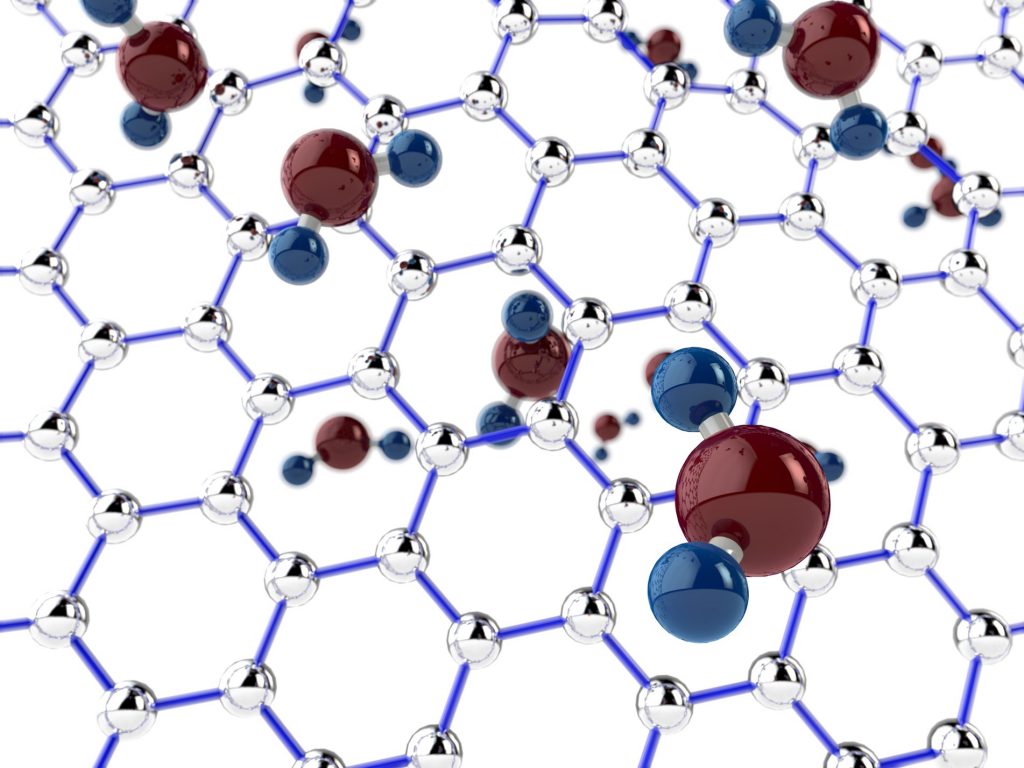
Graphene has the advantages of large specific surface area, high strength, good chemical stability, strong modifiability, and good electrical conductivity, which can not only absorb organic solvents, heavy metals, and other pollutants in water but also be used as a catalyst carrier to catalyze the degradation of pollutants in water, so it has been widely studied as a sewage treatment material.
Water is the source of life, whether for human beings, animals and plants, or microbes. However, with the development of industry, a variety of heavy metal ions are discharged into the water body, absorbed by animals and plants, and condensed into the human body along with the food chain. Heavy metal ions can strongly interact with proteins and various enzymes in the human body, making them inactive, and may also accumulate in some organs of the human body. If it exceeds the limit that the human body can tolerate, it will cause acute poisoning, chronic poisoning, and so on, which will seriously endanger human health.
Characteristics of different graphene
1. Graphene oxide
Graphene oxide is the most important graphene adsorbent because of its low price, easy production, and large adsorption capacity. At the same time, it is also the raw material for the preparation of reduced graphene oxide.
2. Functionalized graphene
In order to make the adsorbent have better performance, graphene can be functionalized by chemical modification. The purpose of functionalization is to add some groups that can strongly interact with pollutant molecules to graphene materials. Functionalized graphene plays an important role in the development of graphene adsorbents.
3. Reduced graphene oxide
Reduced graphene oxide is another important graphene adsorbent. Reduced graphene oxide contains a small number of oxygen atoms, so reduced graphene oxide is also negatively charged. But it carries far less negative charge than graphene oxide
Adsorption of heavy metal ions by graphene
Due to the diversity of graphene and functional groups, as well as the chemical complexity of the heavy metal aqueous solution, a large number of graphene and its composites can be used to adsorb heavy metal ions. For example, graphene oxide is a carbon nanomaterial prepared from natural graphite with a structure similar to that of carbon nanotubes. Compared with the adsorption capacity of activated carbon, carbon nanotubes, and graphene materials for low concentration lead wastewater, the adsorption capacity of graphene oxide to lead is as high as 800mg/g, which is much higher than that of 60 to 120mg/g of activated carbon; at the same time, graphene oxide has a very strong regeneration capacity, and the adsorption capacity of graphene oxide decreases only 5 to 10% after repeated adsorption/elution cycles.
In general, the adsorption capacity is strongly dependent on the pore structure and specific surface of the adsorbent, so the absorption for heavy metal ions is largely attributed to the ion exchange or chemical adsorption of specific adsorption sites on the surface of the adsorbent. Many graphene composites can adsorb not only a variety of heavy metals but also dyes and other organic pollutants at the same time. In addition, graphene-based photocatalysts can also be widely used in various fields. Researchers also found that increasing light to the carbon material adsorbent during the adsorption process will increase the cytotoxicity of the adsorbent, thus playing a role in bacteriostasis and sterilization. As a new nano-material in the 21st century, graphene has made great achievements in the adsorption of heavy metal ions. Moreover, graphene has other effects in the treatment of water pollution. The photocatalysis of graphene is a sharp tool to control black and odorous water, and it will not be dispersed in the water to produce toxicity. If we fully tap the advantages of graphene, graphene will set off a new technological storm.
